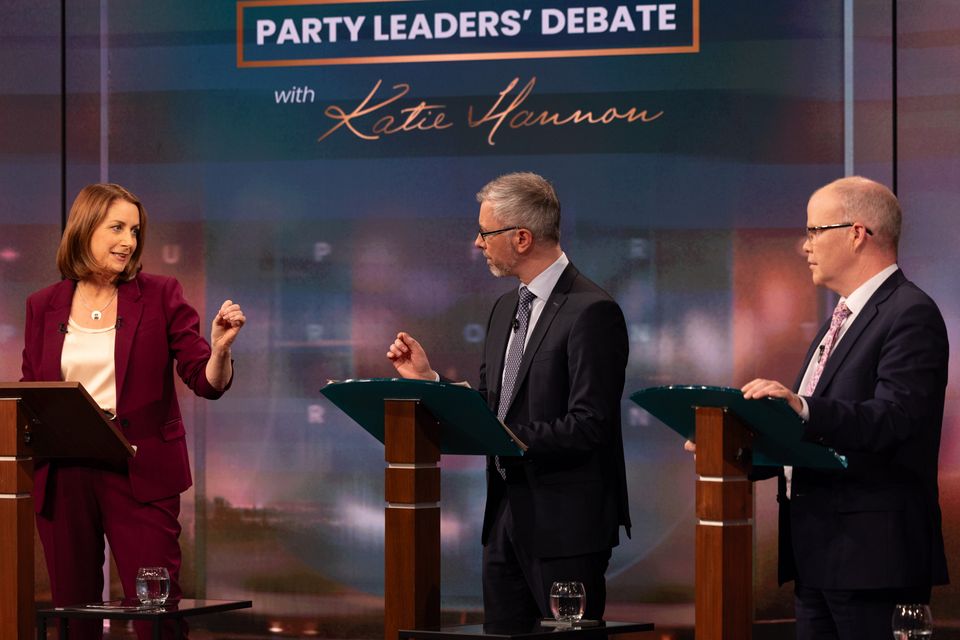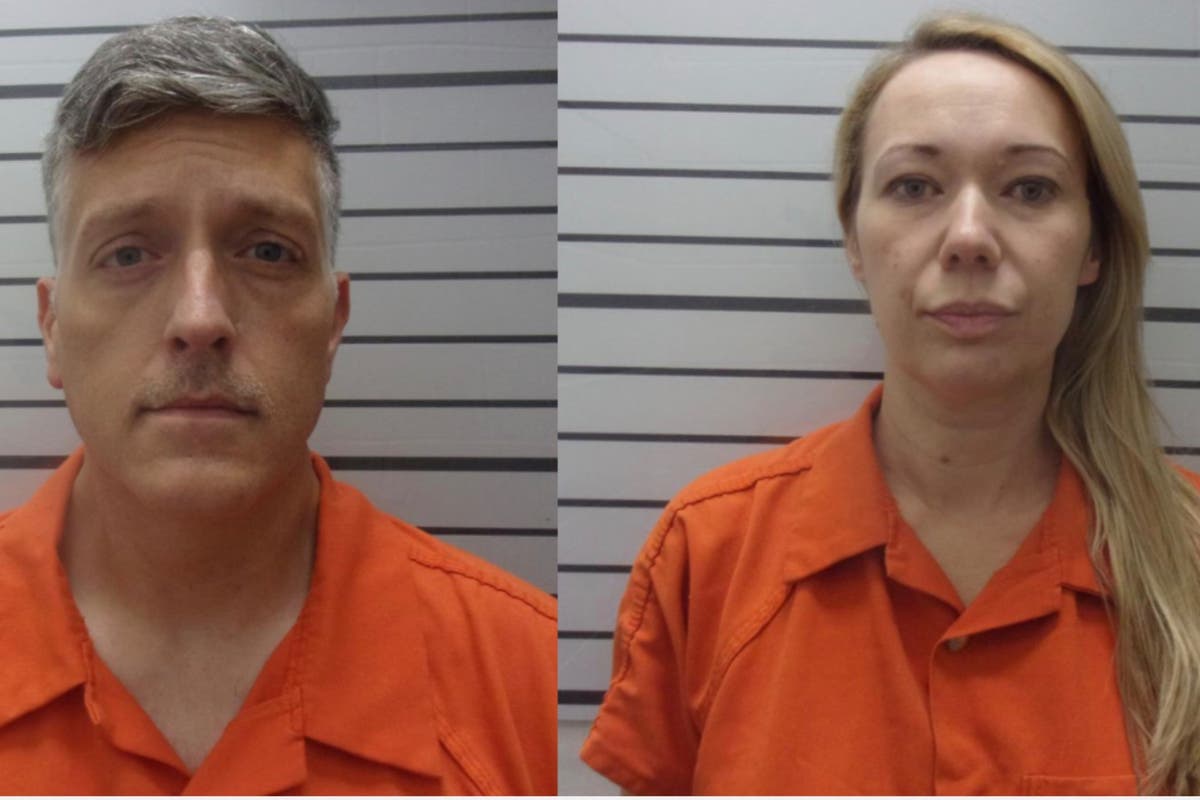The RTÉ debate last Monday featured 10 party leaders: eight of them, by their own accounts, on the left. After all, Micheál Martin has described Fianna Fáil as being “a bit to the left”, and Aontú is economically left-wing, but socially conservative. All the parties want to build more social housing and a free public health service.
None is calling for conservatism in public spending. All are pro-Palestine. All are pro-Ukraine, but anti-militarism.
Read more Even on the most controversial domestic issue of the past year, the language is inflected by liberalism: all claim to be pro-immigration, but in favour of managing it better. Much has been made of the “volatility” in recent Irish elections, but viewed from the perspective of the politics to our west and east, this is a picture of extraordinary consistency — and, superficially at least, a left-liberal consistency at that. In binary electoral systems, fear of the right brings the left together and vice versa Yet no party of the left has ever led a government, nor does the one contender — Sinn Féin — look likely to break that run now.
In binary electoral systems, fear of the right brings the left together and vice versa. Fear of Trump drove the divided Democrats behind Biden in 2020. Fear of Corbyn and the dilution of Brexit drove a fractured British right behind Boris Johnson in 2019.
Fear of Le Pen brought the French left together in the New Popular Front last July. Holly Cairns of the Soc Dems on T.


















